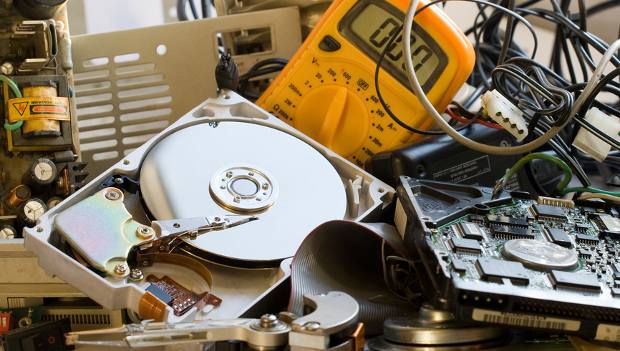 When you buy something do you believe that means you own it? When someone sells you something is it yours until such time as you stop using it or it dies or you sell it to someone else? If you’re selling a product to someone, do you feel that the product is theirs once they’ve paid for it?
When you buy something do you believe that means you own it? When someone sells you something is it yours until such time as you stop using it or it dies or you sell it to someone else? If you’re selling a product to someone, do you feel that the product is theirs once they’ve paid for it?
You might feel the answer to those questions is self-evident but there a number of factors that are muddying the waters.
With cars, for example, many people are using PCP schemes to ‘buy’ a new car. But while they may feel that they are driving their car, it’s not theirs, they are merely leasing it until such time as they make the final payment. And many people choose not to make that payment and keep the car but opt for another PCP instead. So they never own ‘their’ car.
We have similar approaches to smartphones where we might make an upfront payment and then cover the rest of the cost of the phone with an 18 or 24 month contract. In many cases, we will own the phone at the end of that period but most people will probably immediately go for an upgrade and tie themselves into another contract meaning that the time they actually ‘own’ the phone is fleeting.
Many leasing schemes in technology work along the same lines, although they often require a final payment to take ownership of the equipment.
Leasing is nothing new. In the past, many people bought things on hire purchase and the principle is pretty much the same, so most of us are fairly comfortable with it. However, the cloud is introducing a new dynamic that threatens to upset the existing balance.
Bricks and murder
In May last year, for example, users of the Revolv smart hub were left in the lurch when Google-owned Nest, which had acquired the company the previous October, decided to stop supporting it. A message on the Revolv website stated “we can’t allocate resources to Revolv anymore and we have to shut down the service. As of May 15, 2016, your Revolv hub and app will no longer work”.
The warranty was also annulled. “Our one-year warranty against defects in materials or workmanship has expired for all Revolv products,” the website added.
Just like that, the hub, a product people had paid more than $200 for, stopped working. To all intents and purposes, they had become the proud owners of a useless brick. At the time, one unhappy Revolv user, self-confessed “home automation nut”, Arlo Gilbert, CEO at Televero, posted his objections to the decision on Medium.
“Revolv is the director and my devices are a beautiful orchestra of home technology,” he wrote. “On May 15th, my house will stop working. Google is intentionally bricking hardware that I own.”
And if Google could do it once, what was to stop the company doing it again, especially with devices where the software and hardware were inextricably linked. “Is the era of IoT bringing an end to the concept of ownership? Are we just buying intentionally temporary hardware?,” Gilbert added.
What happened to Revolv also raised questions for people selling those types of products to customers. What guarantees could they provide that the manufacturer wouldn’t unilaterally opt to brick the device at a later date? At least with physical devices, the decision to stop using it remains with the user. If your iPhone is out of date and doesn’t support the latest version of iOS, that doesn’t mean you can’t still use it. Apple can’t flick a switch that kills the phone you own.
The issue has re-emerged because of the decision by Logitech to kill off its Harmony Link hub, which allows people to control home entertainment devices from a smartphone or tablet. The company informed users by e-mail that it was discontinuing service and support for the product on 16 March 2018 and it would “no longer function after this date”.
Remote control
What is annoying many users is that there is no reason why the device should cease to function after that date. There’s nothing to stop them from using it except for the fact that Logitech has decided to deliberately brick it. Whether they want to continue using it or not, Logitech has decreed that they won’t be able to.
And they’re not happy about it “This will be the end of Logitech products in my house,” wrote one. Another stated: “I will NEVER buy another Logitech device again.”
From a channel perspective, this raises some very awkward questions. How can it guarantee the viability of a product if the vendor can decide to kill it off whenever it wants? What reassurances can it provide to customers about a product if it is so easy to disable and render worthless if the vendor is taken over by a rival or wants to force users to move to a newer model?
One of the harshest lessons people are learning about relying on connected devices is that it is very easy to lose all of their functionality when they are disconnected. Worse still is when the people who sold them those devices are the ones who decide to disconnect them. As the Internet of Things starts to take off, the notion that vendors can remotely terminate the devices people are predicted to become increasingly reliant on is not going to fill them with great confidence about the value of those devices. As I wrote in MicroScope last year in connection with Revolv, “it doesn’t take much for a thing to become no-thing”.








Subscribers 0
Fans 0
Followers 0
Followers